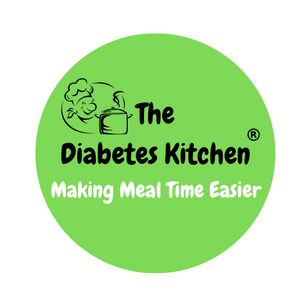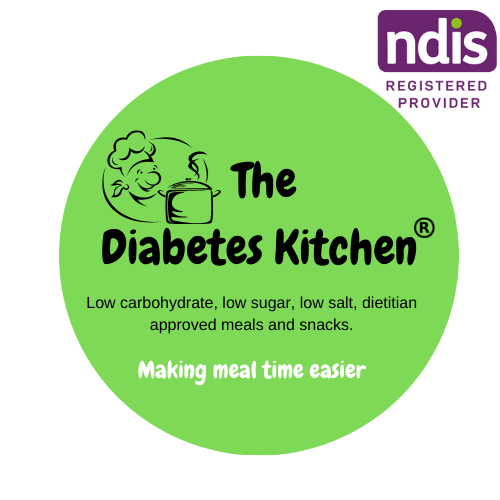What to Eat When You’re Prediabetic (Without Cooking Every Night)
Being diagnosed with prediabetes is a wake-up call. It means your blood sugar levels are higher than normal, but not yet high enough to be classified as type 2 diabetes. The good news? With a few strategic changes to your diet and lifestyle, you can often reverse prediabetes and prevent it from progressing. The challenge? Making those changes stick—especially if you’re not keen on cooking every night.
Here’s the practical guide you’ve been looking for: how to eat well for prediabetes without living in the kitchen.
Focus on Blood Sugar-Friendly Foods
The goal is to keep your blood glucose stable. That means prioritizing foods with a low glycaemic index (GI), rich in fiber, healthy fats, and lean protein. Here's what to look for:
-
Non-starchy vegetables: spinach, broccoli, zucchini, cauliflower, capsicum, and green beans
-
Whole grains: quinoa, brown rice, oats, and barley
-
Legumes: lentils, black beans, chickpeas
-
Healthy fats: avocado, olive oil, nuts, and seeds
-
Lean proteins: boiled eggs, tuna, salmon, grilled chicken, tofu, and tempeh
-
Fresh fruits (in moderation): berries, kiwi, green apples
Avoid highly processed carbohydrates, sugary snacks, white bread, and sweetened drinks.
2. Use Smart Meal Planning to Minimize Cooking
You don’t have to cook seven nights a week to eat well. Instead, aim for convenience:
-
Buy Individual Portions: We sell a healthy and nutritious range of ready meals, snacks and sweets.
-
Pre-chopped Veggies and Salads: Buy bags of washed spinach, shredded cabbage, or chopped kale. Add a protein and some nuts, and dinner is done in five minutes.
-
Protein Shortcuts: Keep cans of tuna, boiled eggs, rotisserie chicken (no glaze), or pre-cooked tofu in the fridge for no-cook meal assembly.
4. Explore Healthy Convenience Products
Look for:
-
No added sugar
-
Low sodium
-
Balanced macronutrients (carbs, fats, protein)
-
Ingredients you can pronounce
5. The 80/20 Rule for Real-Life Success
You don’t have to be perfect. If 80% of your meals are blood sugar-friendly, you’ve already built a strong foundation. Focus on consistency, not perfection. A takeaway here or a less-than-ideal meal there won’t undo your progress—just make sure it's the exception, not the rule.
6. Hydration and Movement Still Matter
Diet is critical, but hydration and physical activity are key partners. Drink plenty of water throughout the day and aim to move your body regularly—walking after meals is especially helpful for lowering post-meal blood sugar spikes.
Final Thoughts
Prediabetes doesn’t mean you need to become a gourmet chef or spend hours meal-prepping each week. With the right strategy—batch cooking, smart shopping, and the occasional healthy ready-made option—you can eat well, feel better, and reclaim control over your health without sacrificing your time or sanity.
Remember, small steps lead to big change. The power to reverse prediabetes is in your hands—and it doesn’t require cooking every night.





